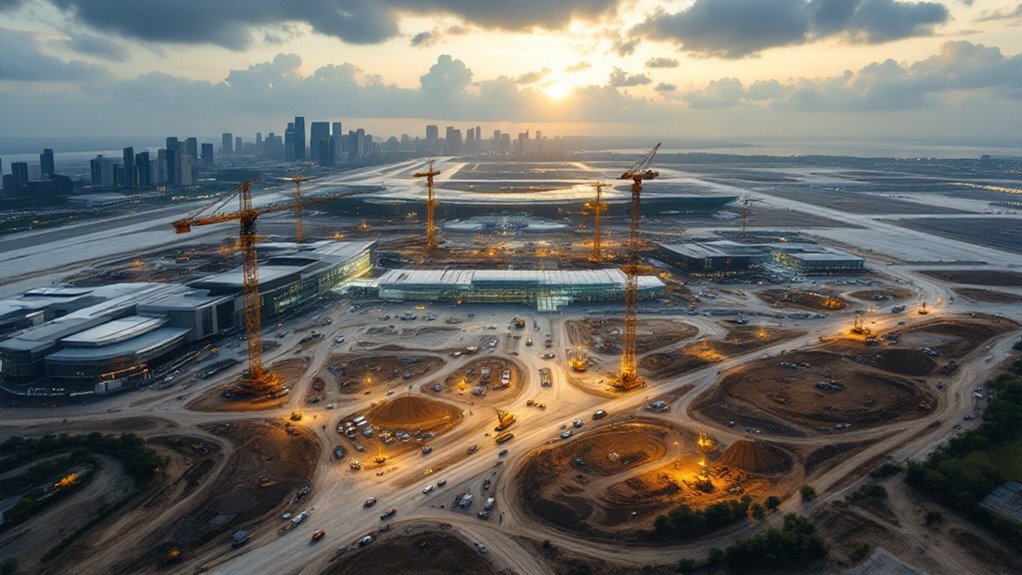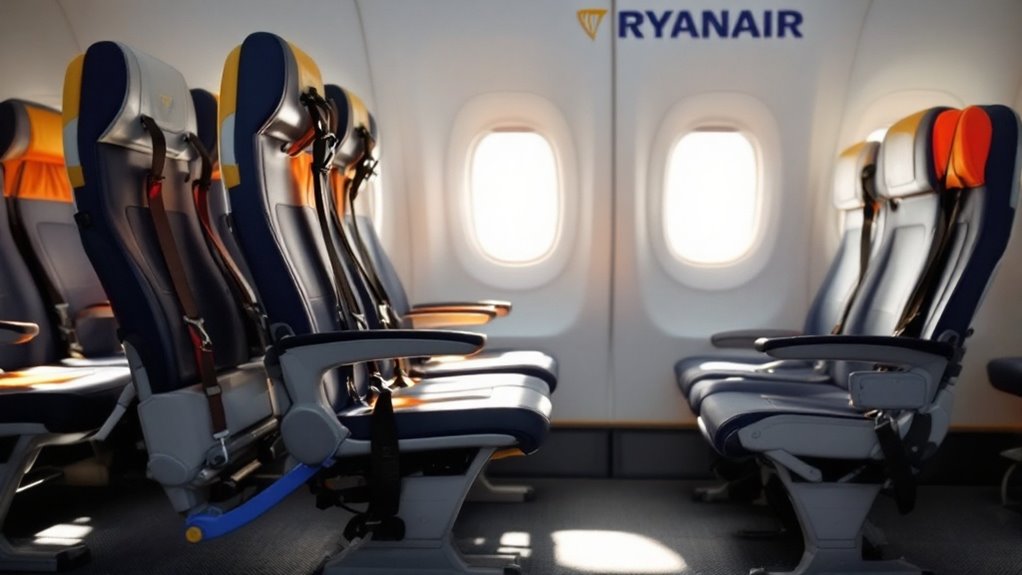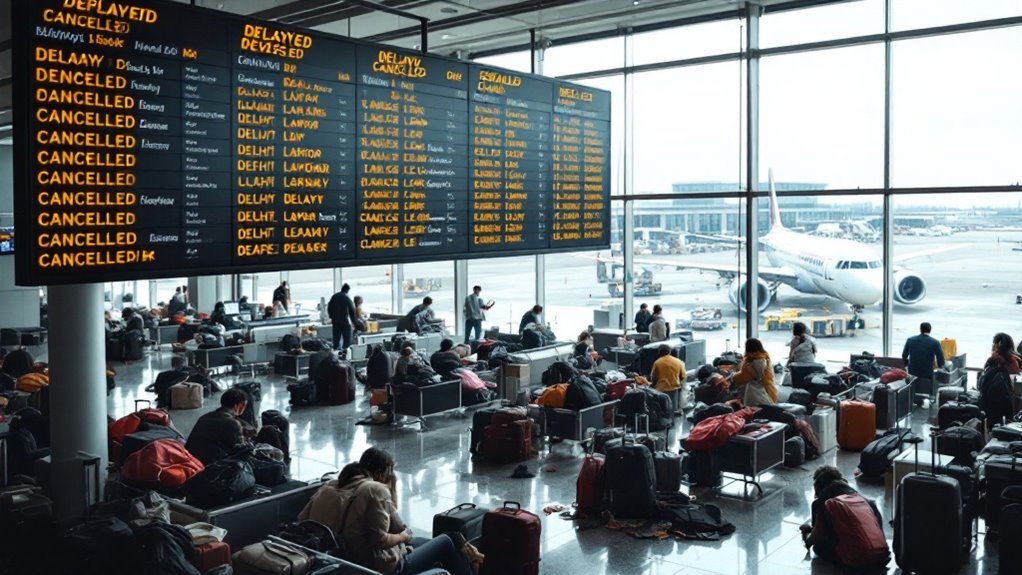The start of construction on Changi Airport’s Terminal 5 in Singapore, scheduled for May 2025, has sparked significant discussion due to its scale and ambitions. The project is set to increase airport capacity by 50 million passengers annually, while expanding cargo handling and creating jobs in advanced sectors like robotics and data science. However, concerns remain about environmental impact, costs, and competition from other regional hubs. Further details provide insight into both the opportunities and challenges ahead.
How will the construction of Changi Airport’s Terminal 5 shape Singapore’s future as a global aviation hub? The project, first announced in 2013, officially commences construction in May 2025 following its groundbreaking ceremony. Terminal 5 is the central component of the broader Changi East development, which also includes a new three-runway system and notable supporting infrastructure.
With a planned operational capacity to handle about 50 million passengers annually, Terminal 5 is set to substantially expand Singapore’s ability to accommodate future air travel growth. The terminal will serve as a consolidated hub for Singapore Airlines and its low-cost carrier Scoot, optimizing airline operations and passenger connectivity. By the mid-2030s, the airport aims to link to over 200 cities, further strengthening Singapore’s position as a major global transit point.
The economic and employment impacts of Terminal 5 are considerable. Its construction is expected to generate a wide range of jobs, particularly in advanced sectors such as data science and robotics, as well as in traditional fields like construction and aviation support. The Changi East development also includes the expansion of cargo facilities, which will boost Singapore’s handling capacity from 3 million to 5.4 million tonnes annually and promote its status as a smart air cargo hub.
Terminal 5’s construction will create diverse job opportunities, from data science and robotics to traditional roles in construction and aviation support.
The project presents new business opportunities for local enterprises, stimulating the construction sector and reinforcing Singapore’s long-term economic development. The expanded infrastructure aims to provide the region with a competitive advantage, ensuring that Singapore remains a preferred destination for both airlines and international travelers.
Terminal 5’s design incorporates lessons from the post-pandemic era, emphasizing modularity and resilience to changing travel demands. Sustainability is a core principle, with features intended to minimize environmental impact and align with Singapore’s national commitment to environmental responsibility.
Innovative technologies are planned to enhance operational efficiency and the passenger experience, while the flexible, modular design enables adaptation to evolving aviation trends.
Despite its ambitious scope, the project is not without challenges. The development faced a two-year delay due to the COVID-19 pandemic, prompting a reassessment of design requirements and operational needs.
Large-scale construction projects like this may also raise concerns about environmental impact, cost, and the potential displacement of local communities, although specific details on these issues have not been highlighted.
As other countries expand their own airport capacities, Terminal 5 positions Singapore to maintain and strengthen its role in the rapidly growing Asia-Pacific air travel market and in global aviation connectivity.









